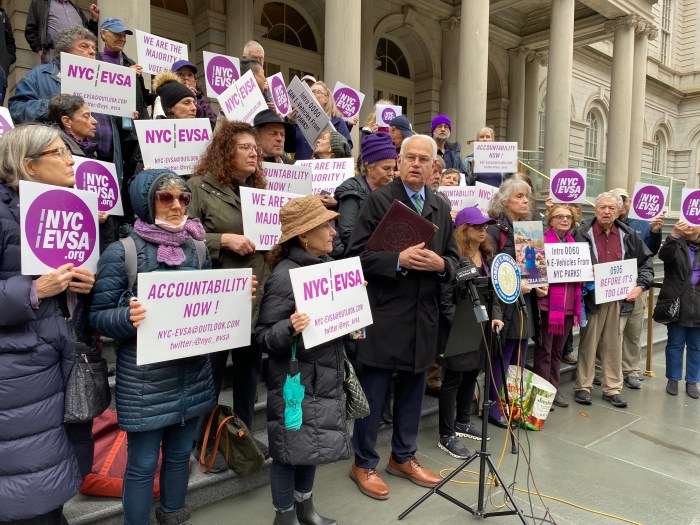Uber now costs less, and the company contends drivers make more. But some cabbies call that a crock.
The car-ride-on-command company slashed its prices at the end of last month by about 15%, said Josh Mohrer, the general manager of Uber NY. In the three weeks since, he said, there are more customers and drivers are earning more per ride.
“It’s brought down the overall time between rides,” Mohrer said. “We want Uber to be as affordable and as available to as many people as possible. That change we made is somewhat vindicated by the [fact that] average earnings are up. And we’re doing way more trips that you don’t necessarily think are ‘Uber parts of the city,’ like the Bronx.”
The average hourly earnings has increased by about 17%, Mohrer said, in the three weeks before the price increase and the three weeks after. That is about $3.43 more per hour.
Demand in the outer boroughs since the price cut is up as well, according to Uber, with the largest increase coming from Queens, where demand has gone up by about 40%.
But some drivers dispute the company’s conclusions.
Ara Khachatryan, 36, said he’s forced to work about two more hours per day to make the same amount he did before Jan. 29 — bringing his working days to about 14 hours.
“I’ve been working for Uber for three years. They have a specific way of going about things that is very frustrating and borderline offensive,” he said. “I’m doing the same work for cheaper.”
Khachatryan, who lives in Brighton Beach, said he now needs to consider other options, like driving a large truck. The expenses of driving a cab in the city are becoming too much of a burden.
“There is more money in it,” he said. “I know I’m going to be away from the family for an extended period of time, but you have to put bread on the table.”
David Jejelava, 44, has also been driving for nearly three years and is thinking about other job options. He used to make about $250 per day with about 20 rides, he said. Now, he makes about $210-220 per day with about 22 rides.
“Right now we have to work 12 to 14 hours. Our expenses are the same,” said Jejelava, from Bensonhurst. “I’ve always loved Uber, but right now I have to find another job.”
Driver Jemal Shamugia, 46, had one simple way to describe the price cuts: “that’s [expletive].”
Jermaine Clardy, a driver provided by Uber who has worked for the company since June, said he’s bolstered by the price cut and is making about 10% to 15% more money, as well as picking up 15% to 20% more trips.
“I’m making more now than I did before they reduced the rates,” said Clardy, 42. “My downtime is almost down to nil.”
Since the price decrease, Mohrer said idle time has gone down by about 31%.
Bhairavi Desai, the executive director of the New York Taxi Workers Alliance, said the numbers just can’t add up.
“Uber saying drivers have less lag time is a euphemism for drivers having to work longer hours, burn fuel at their own expense, to make up for the losses Uber’s wage cut imposed,” Desai said in an email. “Uber also never accounts for vehicle costs and gasoline when they put out these exaggerations.”
TLC spokesman Allan Fromberg said: “The market forces that continue to shape the taxi and For-Hire Vehicle Industries grow more complex on an almost daily basis, and these forces impact drivers in a variety of ways. As we said recently, over the next few months we’ll be listening to all industry participants very carefully about the economics of each sector.”



































